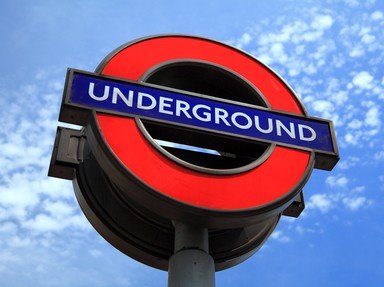Quiz Answer Key and Fun Facts
1. What does the name Charing Cross come from ?
2. What is the origin of the name Angel for a tube station between Old Street and King's Cross?
3. ...Arsenal?
4. ...Barbican ?
5. ...Highgate ?
6. ...Bayswater ?
7. ...Blackfriars ?
8. ...Covent Garden ?
9. ...Gloucester Road ?
10. ...Hampstead ( recorded as Ham-Sted in Domesday book) ?
11. ...Holborn ?
12. ...Hyde Park Corner ?
13. ...Holland Park ?
14. ...Knightsbridge ?
15. ...Lancaster Gate ?
16. ...Maida Vale ?
17. ...Moorgate ?
18. ...Notting Hill ?
19. ...Seven Sisters ?
20. Which of these 4 explanations for the name ALDGATE is the only one which has NOT been proposed by scholars?
Source: Author
flem-ish
This quiz was reviewed by FunTrivia editor
minch before going online.
Any errors found in FunTrivia content are routinely corrected through our feedback system.
